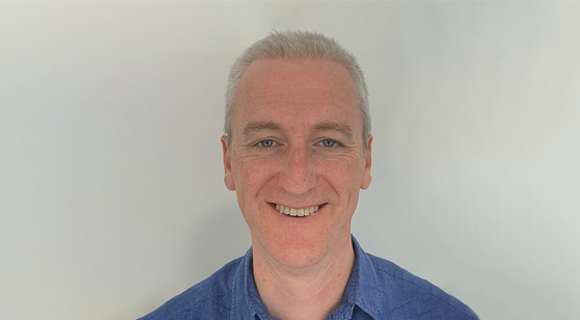Jim Pattison Outpatient Care and Surgery Centre
10 Year Anniversary
Clinic Highlight: Medical Imaging
The Medical Imaging department at Jim Pattison Outpatient Care and Surgery Centre sees tens of thousands of patients each year.
“Pretty much any disease you can think of has some kind of physical manifestation that we can see, so we have different imaging tools to allow us to see into the body, such as X-rays, CT scanning, ultrasound and MRI,” explains radiologist Dr. Amir Neyestani.
With a growing population and advancing technology, the radiology department has doubled since the Jim Pattison Centre opened a decade ago, including radiologists, specialized imaging technologists, nurses and other assistants.
When Jim Pattison opened, several areas of focus were stressed for medical imaging including the Breast Health Clinic, envisioned as a state-of-the-art multidisciplinary clinic, Dr. Neyestani notes.
Upon arrival with a breast issue, the patient would be seen by a surgeon, then get all the required imaging, whether a mammogram or ultrasound, then technologists and a radiologist would review the results to determine a course forward.
“If the patient needed a biopsy, for example, that could be done the same day – so you came, and you got a diagnosis all in the same day,” Dr. Neyestani says.
The Jim Pattison Centre is also one of only two sites in Fraser Health and a handful in the Lower Mainland that can do MRI-guided biopsies.
“Anything to do with MRI has really developed, so as our ability to image in more detail has increased, that has changed our field. We’re able to detect very, very small cancers that were harder to see a decade or two decades ago because of the limitations of the technology,” he says.
Areas like cardiac imaging have also advanced since the Jim Pattison Centre opened, Dr. Neyestani says, pointing to the new cardiac program where the team does MRI imaging of the heart in motion to assess problems that radiologists just weren’t able to diagnose previously.
Beyond diagnostic radiology, interventional radiology has also come a long way. “We take the ability to see inside the body and we use it to guide us in minimally invasive surgeries where we can take a wire or a catheter and watch as it goes into the body and get to a precise place where we can perform an intervention,” Dr. Neyestani says.
“We serve such a large community, and we feel so much more satisfied knowing they’re getting the best care that is available and truly the gold standard in all of these areas. Not only is Surrey not being left behind, we can actually lead the way and do the best we can for our patients.”


